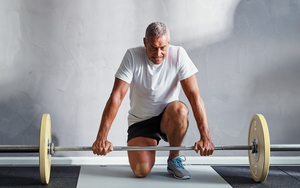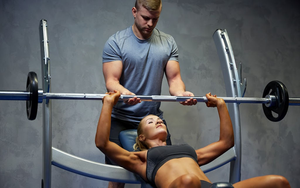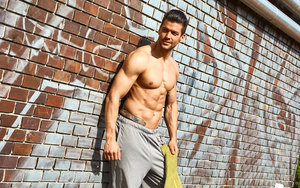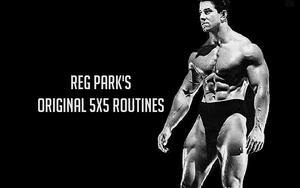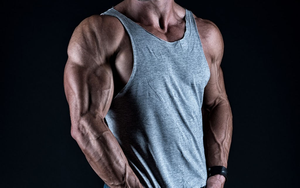
The 6 Best Dumbbell Deltoid Exercises You Are Not Doing
The hallmark of an athletic body starts with a well developed set of shoulders. They play a vital role in aesthetics too, as they accentuate your core, adding to the tapered look.
If you play any kind of sport, you will appreciate how much the deltoid and supporting muscles of the shoulder come into play from a variety of angles.
However too many train their shoulders with the same exercises and in the same planes of motion. Let's look at some shoulder exercises you should be adding to your routine!
Build Bullet-Proof Shoulders!
Given that all upper body exercises will involve your shoulders, it makes sense to pay particular attention to training them. Strengthening your deltoids will carry over to strength and performance on many other exercises.
However many put the health of their shoulders at risk by performing movements that put the integrity of the shoulder joint at risk either by doing overhead work that is too heavy or by bad movement patterns.
Shoulder Injury Prevention
One sure way to have shoulder problems is ending up with shoulder impingement syndrome, typically caused by poor scapular mobility, repetitive heavy overhead work or using resistance that is too heavy in an awkward position.
Avoiding movements which are known to cause shoulder impingement include:
- Upright Rows
- Behind the Neck Presses and Pulldowns
- Kipping Pull-Ups
- Bench Dips
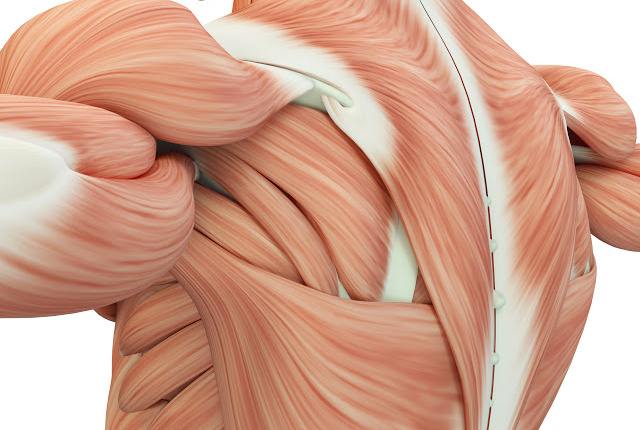
One should also include band work for the shoulders, paying attention to working the rotator cuff, a series of four scapulohumeral muscles that run from the scapulae to the top of the humeral bone, which externally rotate the upper arm bone - the humerus.
The best movements for this would be doing band pull aparts, YTWL with light dumbbells and resistance band rotator cuff work, but also include many other options which involve dynamic and isometric resistance.
10 Best Rotator Cuff Exercises for Strengthening
The 6 Best Dumbbell Deltoid Exercises
Building cannonball deltoids will improve the overall look of your physique like nothing else. It will make you look wider and more athletic. This means choosing a variety of movements that target all three heads of your deltoids, upper trapezius, serratus anterior alongside the ribcage, rotator cuff muscles in the back of the shoulder, and levator scapulae which runs at the back and side of the neck.
Lying Side Dumbbell Lateral Raise
Most people make many key errors with one of the most common deltoid exercises, the side lateral raise. They swing the weight up whereby the upper trapezius does most of the work. One of the big drawbacks is that at the start of the movement there is little resistance/tension on your deltoids, but you are capable of moving bigger weights at that range, and as you come up to the point where the humerus is almost at parallel with the floor, the most force is exerted on the muscle - exactly where your deltoid is weakest.
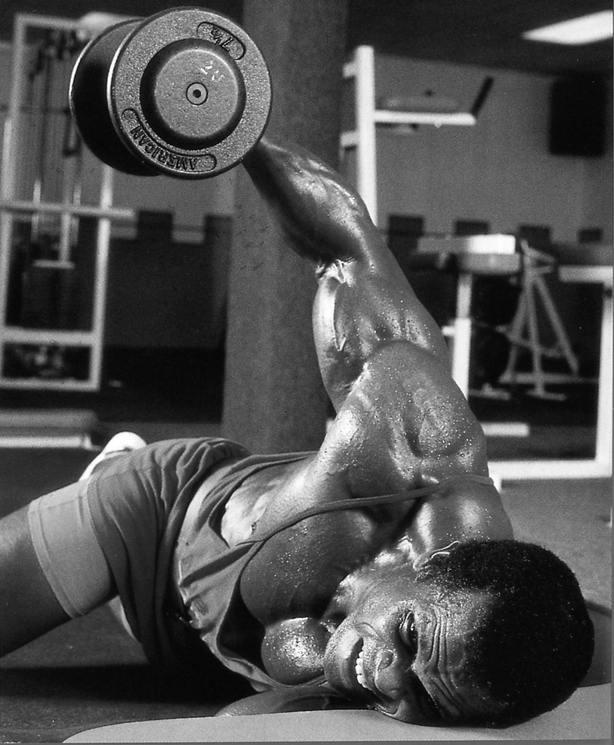
In the 70s, legendary French bodybuilder Serge Nubret was commonly seen doing the side lateral raise lying down. This takes all of the momentum out of the movement as well as putting tension on the deltoids more consistently throughout the entire movement in a longer range of motion, also giving you more time under load. It also uses more posterior deltoid than the standard standing lateral raise.
6-Way Lateral Raise
One sure-fire way to make your shoulders burn like never before is with the 6-Way Lateral Raise. It is a combination of side, front, overhead and outward raise that works every aspect of your deltoids. The transitions between the various planes of motion are beneficial to preventing injury and building your shoulders.
It is great not only as a "finisher" but also in combination as a superset with other shoulder exercises.
Seated Plate Front Raise
The Front Plate Raise is the go-to for the front head of the deltoid. Doing them seated takes any potential swinging out of the movement. Not only do they target the front and medial heads of the deltoids, they also hit the serratus anterior. When taking the range of motion higher than your shoulders, you invoke the upper trapezius as well.
The barbell plate held between both hands should be raised and lowered under full control with emphasis on the negative. This is also a key movement to superset with any form of lateral raises, preferable lying or cable side laterals.
Incline Prone Dumbbell Lateral Raise
Another movement that takes the traps out of the lateral raise and puts the medial deltoid in a natural plane of motion is the Incline Prone Dumbbell Lateral Raise. This allows you to feel the delts working more directly. The muscles of the shoulder girdle are also stabilized in their position by the bench.
The Incline Prone Dumbbell Lateral Raise also involves the teres minor and subscapularis of the rotator cuff group with the external rotation of the humerus when the arms are extented outwards in the 10 & 2 o'clock positions at 45 degrees to the body.
Cuban Press
Target the deltoids, upper back, and rotator cuff with the so-called Cuban Press. This is another combination movement which has an external rotation, press and eccentric portion of the lateral raise when done the way demonstrated below. This movement greatly enhances the strength of the shoulder.
SeeSaw Press
An old staple of early 20th century strongmen like Eugene Sandow and Sig Klein, the See-Saw Press gets its name because it is a standing alternating dumbbell press which is done in a continuous motion, where when one arm comes down, the other comes up. Unlike the alternating press, the motion is continuous and improves thoracic stability. This can be performed with either dumbbells or kettlebells

